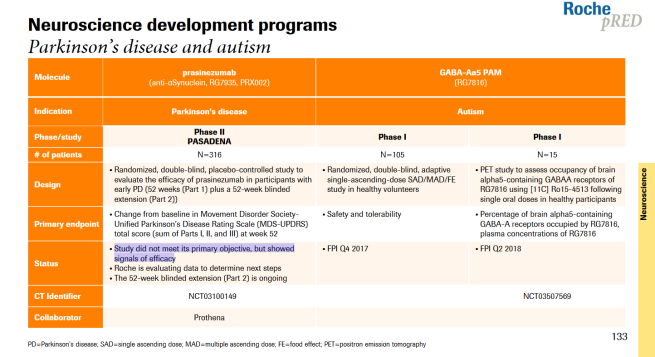|
# # # # For a some time, issues with the gastrointestinal system has been associated with Parkinson’s. For example, gut-related complaints – such as constipation and irritable bowel syndrome – are believed to be risk factors for developing the condition. Researchers have recently been exploring the bacteria that inhabit the gastrointestinal system in the hope of identifying species of microbes that could be directly influencing the condition. Exactly how these tiny organisms might be doing that, however, remains a mystery. Now researchers have focused their attention on a particular type of protein that is being produced by some of those bacteria. It is called curli. In today’s post, we will discuss what curli is, explore what functions it has, and do a deep dive into some of the data suggesting it could be involved with Parkinson’s. # # # # |
 Me. In a skirt. Eating dirt. Not my worst moment. Source: Drqaisrani
Me. In a skirt. Eating dirt. Not my worst moment. Source: Drqaisrani
It has to be said that our gastrointestinal systems are incredibly robust.
When I think of all the rubbish I put down my throat as a toddler (and then of all the rubbish I put into my gut as an adult) I am bewildered as to how that 30 feet of digestive machinery is still functioning. And yet it does.
Reasonably well, at least. There is that whole ice cream thing, but let’s not dwell on that (Click here to learn more about that).
 Something’s missing in my life. Source: Morellisices
Something’s missing in my life. Source: Morellisices
Despite all the accolades for its robustness, our guts do represent one of the greatest opportunities for foreign organisms to invade our bodies. It is a very supportive, resource-rich environment for many microbes, and they can easily take up residence without us even knowing.
 Source: Huffington Post
Source: Huffington Post
And this is an important aspect of our guts, as it is becoming increasingly clear that some of these uninvited guests can have a very negative impact on our bodies.
Recently, there are been a huge amount of attention in Parkinson’s research focused on the gut and the bacteria that live within it for this very reason.
But what is the connection between the gut and Parkinson’s?
Continue reading “Does Parkinson’s have us by the short and curli?”






























